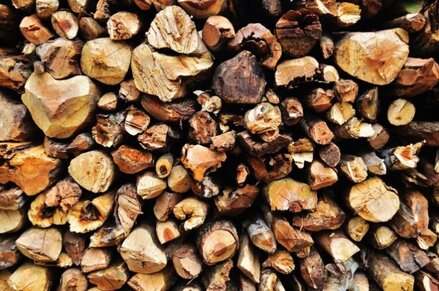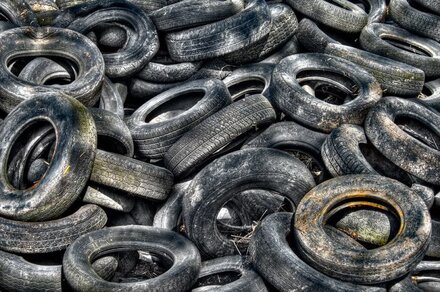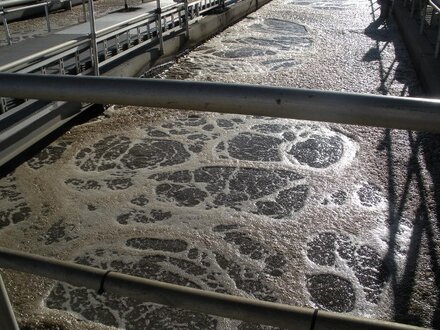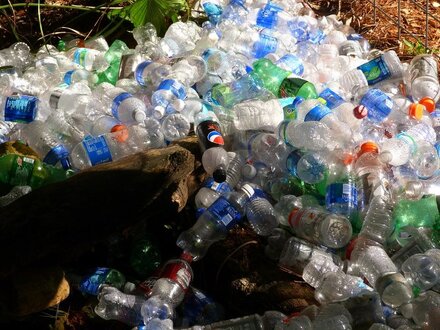Do more with less
In essence, circular economy is an efficiency strategy: "do more with less". It involves both reducing the consumption of materials in the production phase of goods and minimizing the generation of waste. This way, it goes from a linear flow of materials (resource-product-waste) to a circular flow (resource-product-recycled resource). And all this, coordinated with the gradual abandonment of the use of fossil fuels (which are polluting and expensive) for renewable energy.
It is in the combination of these two policies that the concept of energy recovery, fromwaste that has neither been avoided nor can it be reused or recycled, was born. The biosphere is the biggest beneficiary because, in addition to reducing fossil fuel consumption, there is a drastic reduction in landfills.
The cement sector has been a pioneer in Europe in applying the principles of circular economy. Factories have long used, for example, building debris or scrap metal as raw materials for their product. It is the so-called material recovery and serves to integrate waste into the production cycle, which otherwise would go to landfills, damaging natural environments. Also cement companies are leaders in energy recovery fromwaste.
Wastes used as fuel
-

Forest biomass
-

Waste tires
-

Sewage sludge
-

Plastics and RDF

